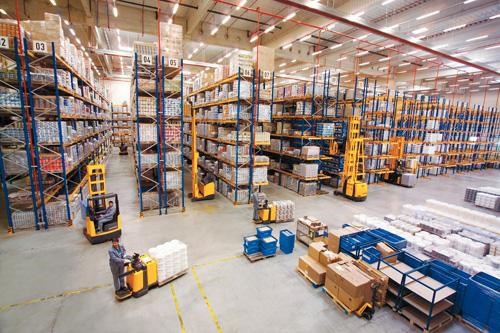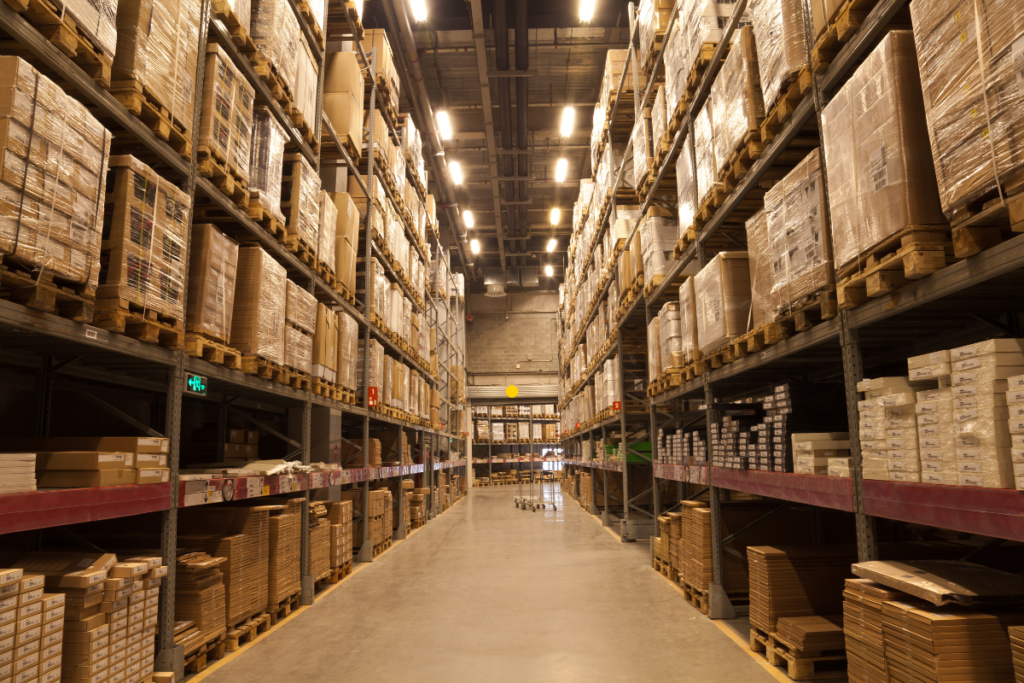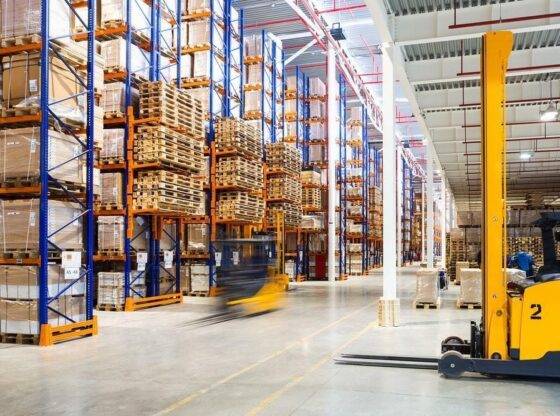Having a warehouse and storage space is an essential investment. You can’t afford to make any mistakes when planning your premises, so we recommend you get everything just right from the start. With a comprehensive inventory list, you’ll be able to track your assets and know where they are at all times. If you have anything in your warehouse other than the required inventory items, it will be difficult for you to keep track of them. This article will help you keep track of what you have in your warehouse with a comprehensive checklist. This Warehouse Equipment will ensure boost productivity, and cost savings and reduce the processing time to the bare minimum. So, let’s dive in.
Storage Systems
Every warehouse needs a system to organize and store inventory. The type of storage system will depend on the products being stored, the layout of the warehouse, and the budget available. Some popular storage systems include pallet racks, cantilever racks, and mezzanine systems. Pallet racks are the most common storage system and come in a variety of styles and configurations. They are used to store large quantities of products on pallets and can be stacked high to maximize vertical space. Cantilever racks are used to store long, bulky items like lumber or steel pipes.
Lift Equipment
One of the must-have equipment in any warehouse is lift equipment. These Warehouse Equipment include forklifts, pallet jacks, and scissor lifts, which are essential for the movement of heavy loads and materials from one location to another. Forklifts are the most common lift equipment found in most warehouses, and they come in different sizes and weight capacities. They are perfect for moving large and heavy pallets and containers from one area to another, and they are designed to work both indoors and outdoors. Pallet jacks, on the other hand, are ideal for moving pallets or containers over short distances, and they are lightweight, making them easy to maneuver around tight spaces.
Dock Equipment
Dock equipment is essential for smooth operations in a warehouse. It includes dock levelers, dock seals, and dock plates. Dock levelers help bridge the gap between the loading dock and the trailer, providing a smooth transition for loading and unloading goods. Dock seals provide a tight seal around the trailer, preventing cold air from escaping or hot air from entering the warehouse. Lastly, dock plates are useful for bridging small gaps between the dock and the trailer. Having proper dock equipment can save time, increase efficiency, and reduce the risk of accidents in the warehouse.
Conveyors
Conveyors are an essential piece of Warehouse Equipment. They enable goods to be transported easily and efficiently from one location to another. The use of conveyors eliminates the need for manual handling and increases productivity, reducing the time it takes to move goods. Conveyors can be customized to meet specific warehouse requirements and are available in a variety of sizes and configurations. When selecting a conveyor, it is important to consider the weight and dimensions of the goods being moved, the speed of the conveyor, and the layout of the warehouse. With the right conveyor system in place, a warehouse can operate smoothly and effectively, saving time and reducing costs.

Facility Equipment
Facility Warehouse Equipment is an essential part of management. It includes items such as pallet jacks, forklifts, and loading dock equipment. These tools help in organizing and managing inventory, improving safety, and increasing efficiency. A well-stocked facility equipment list will ensure that your warehouse runs smoothly and efficiently, reducing downtime and increasing productivity. When selecting your facility equipment, be sure to consider your specific needs and the size of your warehouse to make the most of your investment.
Bins & Containers
Bins & containers are also an essential part of any warehouse operation. They allow for easy organization and storage of inventory, keeping the workspace tidy and efficient. Choosing the right type and size of bin or container depends on the items being stored and the frequency of access. Some popular options include plastic totes, wire baskets, and cardboard boxes. It’s important to consider the durability and stackability of the containers to ensure they can withstand heavy use and maximize storage space. Additionally, labeling each container with a clear and concise description can further improve organization and reduce time spent searching for specific items.

Packaging Equipment
Packaging Warehouse Equipment is an essential part of any warehouse operation. The right equipment can save time and money by streamlining the packing process. Common types of packaging equipment include tape dispensers, shrink-wrapping machines, strapping machines, and stretch-wrap machines. These machines are used to seal and protect products during shipping and storage. When selecting packaging equipment, consider the size and weight of your products, as well as your expected shipping volume.
Final Words
A well-equipped warehouse is key to running a successful operation. Investing in the right equipment can help to streamline processes, reduce errors and ultimately, increase productivity. There is a range of tools and machines that can be used to improve the efficiency of a warehouse. When selecting equipment, it’s important to consider the specific needs of your operation, as well as your budget. If you are looking for the best warehouse equipmentfor your needs, have a look at Kanoo Machinery. We offer a wide range of solutions and our team will help you find the best ones for your needs. Visit our website or get in touch with us at 800-KM100(56100).



















